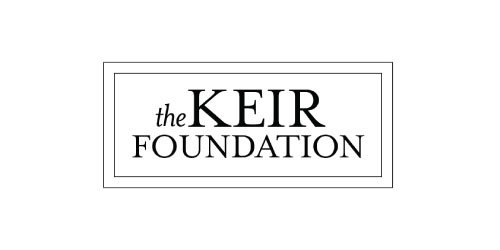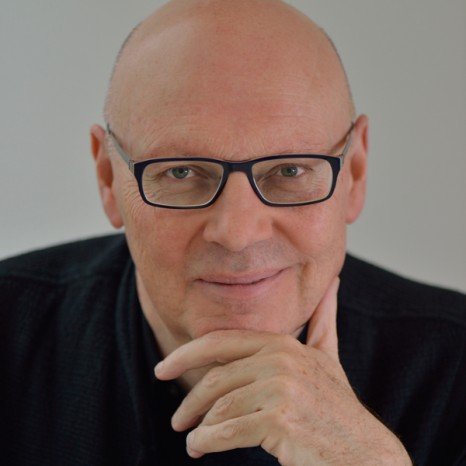Q&A with Phillip Keir, Keir Foundation
NAVA speaks to Phillip Keir, co-founder of the Keir Foundation, and Chairman of the Biennale of Sydney about his support of the Arts within the realms of "arts incubation" and "venture capital".
NAVA speaks to Phillip Keir, co-founder of the Keir Foundation, and Chairman of the Biennale of Sydney about his support of the Arts within the realms of "arts incubation" and "venture capital".

Although private philanthropy can take on many legitimate forms, I prefer to spend more effort in the area that you could call "arts incubation" or "venture capital". At least one reason for this approach is pragmatic. The Foundation does not have the size or staffing of bigger foundations, so we think it very important to stay closer to artists and to small to medium size companies. We like to assist innovative companies in their work, because without these companies the artists are unlikely to have the required support in terms of production, marketing and exhibition.
On the practical side, the foundation does not hold open rounds as this would involve much financial resource being used up in administration.
Government funding bodies have to deal with complex sets of political constraints. These constraints stem from the nature of political cycles, institutional public service constraints, public relations requirements, competition between states, regional biases and the list goes on. The result of these constraints is that they tend to slow the decision making process within government bodies as these bodies go through very slow stakeholder processes. Philanthropic foundations do not have these constraints and can react very much more quickly to the interests of audiences and artists.
Underbelly Arts is an organisation that we had directly funded in previous years. We were keen to think of ways to expand the capacity of the organisation. As well as doubling the budget, the experience that each of the artist groups also received in assistance with the crowdfunding process itself, meant that they could then use this experience later if they so chose. Underbelly is the innovative kind of organisation that we felt was best to work with in this project. We also knew that Creative Partnerships had some money allotted to a matched funding project and we were keen to prove to them that the independent sector was the best area to target this funding.
Working in the theatre and in publishing supported me rather than me supporting theatre and publishing. My involvement in theatre was as an artist and my involvement in publishing was in a commercial capacity. I have had an interest in the visual arts and dance from my earliest days as a student interested in what would now be called cross-disciplinary practice in New York in the late 1970s. The foundation is also particularly interested in international partnerships and we find that the visual arts and dance are by their very nature internationally focused.
